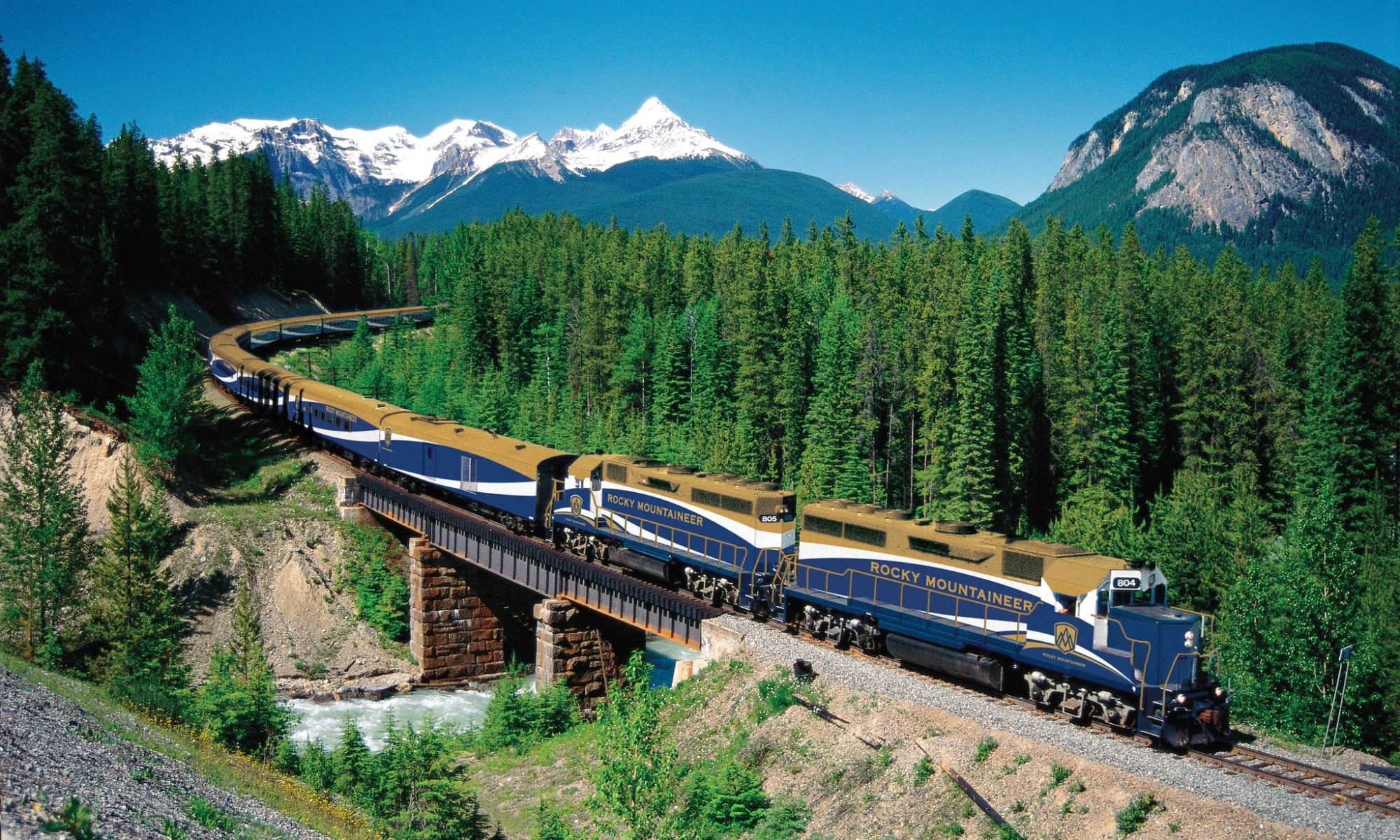This pestilence returned repeatedly. There were at least three waves of the Black Death falling upon England over the century following 1350. One of the many repercussions was especially pertinent to establishments like Ye Olde Fighting Cocks: the rise of pub culture in England.
When the plague arrived in 1348, drinking beer was already a fundamental component of Englishness. Drinking was even enshrined into the Magna Carta of 1215, which “called for uniform measures of ale.”
Drinking pre-Black Death, though, was comparably amateurish. Society revolved around popular celebrations known as ‘ales’: bride-ales, church-ales, – gatherings where plenty of alcohol was drunk. Anyone could brew up a batch of ale in their home, and standards and strengths varied wildly. Home brewed ale was advertised with an ale stake, which consisted of a pole covered with some kind of foliage above the door.
The Plague caused a critical labor shortage; about 50 percent of the population died during this time. This proved to be a good thing for the peasantry of England. They could command higher wages for work and achieve a higher standard of living. As a result, the alehouses were replaced by more commercialized, permanent establishments set up by the best brewers and offering better food
In spirit, though, the pub was there. More ale was drunk, and beer (with hops) was introduced from the Low Countries. Brewing became more commercialized, with taverns and alehouses being gathering places for drinking and playing games and the English pub was born.
Over time these became “public houses”, regulated by authorities. In place of the simple ale stake, Richard II made it mandatory to erect a sign. Gradually, commercial brewers started to build bigger houses that became busy meeting places, hence the term ‘public house’. If you look at pubs today, you can see the community aspect that is the legacy of the alehouse, the architecture and sense of national heritage of the inn, and the tavern tradition of spending the evening with your peers.
For Brits, a pub has always been more than just a place that sells beer. It goes beyond heritage, it goes right into the core of their society. The pub itself defines England, remaining a focal point for their social lives even among nondrinkers. They have become community gathering places and involved in many aspects of community support.











